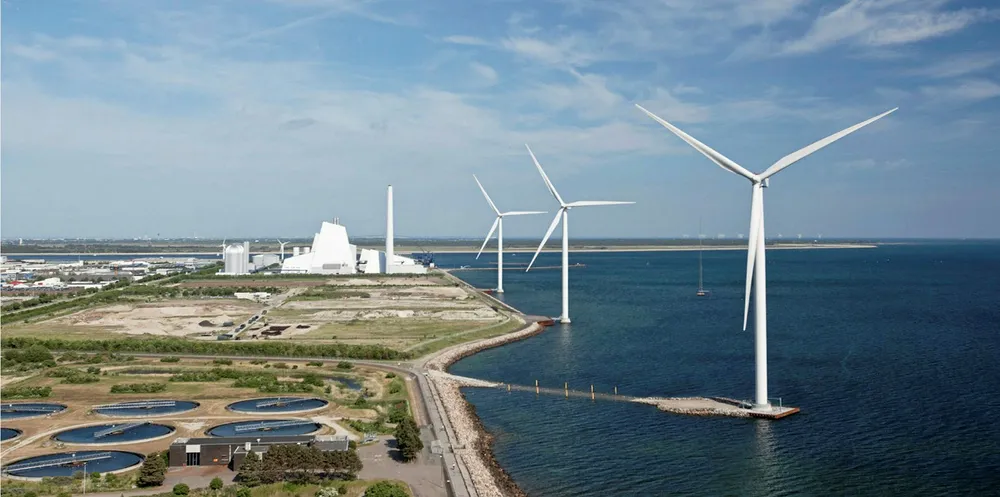Ørsted to pilot green H2 in Denmark with Siemens Gamesa offshore turbines
Utility setting up test project at Copenhagen power plant to fuel fleet of buses, trucks and taxis

Utility setting up test project at Copenhagen power plant to fuel fleet of buses, trucks and taxis
